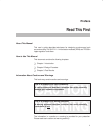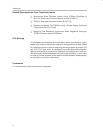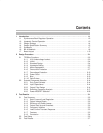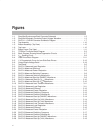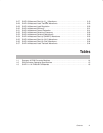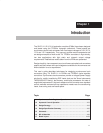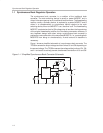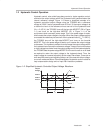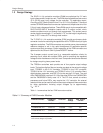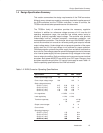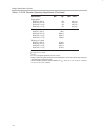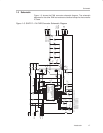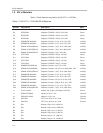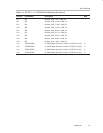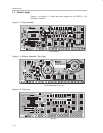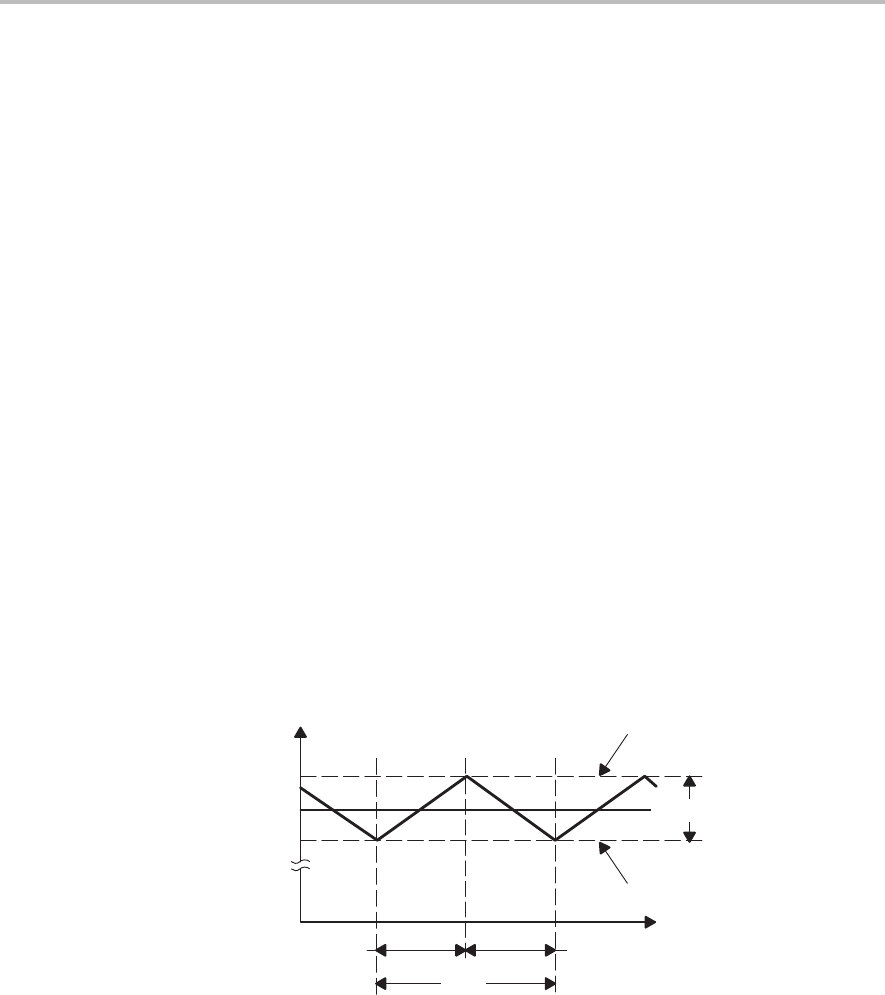
Hysteretic Control Operation
1-3
Introduction
1.2 Hysteretic Control Operation
Hysteretic control, also called bang-bang control or ripple regulator control,
maintains the output voltage within the hysteresis band centered about the
internal reference voltage. Figure 1–2 shows a simplified example of a
hysteretic controlled output voltage using the TPS5625 with a reference
voltage of 2.500 V and a hysteresis band of 50 mV. If the output voltage is at
or below the level of the reference minus one-half of the hysteresis band
(V
Lo
= 2.475 V), the TPS5625 turns off the low-side MOSFET (Q2 in Figure
1–1) and turns on the high-side MOSFET (Q1 in Figure 1–1) of the
synchronous buck converter power stage. This is the power stage on-state,
and it causes the output voltage to increase. When the output voltage reaches
or exceeds the reference plus one-half of the hysteresis band (V
Hi
= 2.525 V),
the TPS5625 turns off the high-side MOSFET and turns on the low-side
MOSFET. This is the power stage off-state, and it causes the output voltage
to decrease. This hysteretic method of control keeps the output voltage within
the hysteresis band around the reference voltage. If output-load current steps
or input-voltage transients force the output voltage out of the hysteresis band,
the TPS5625 sets the power-stage MOSFETs in the continuous on or off state
as required to return the output voltage to the hysteresis band. Thus, the
output voltage is corrected as quickly as the output filter allows. There are no
error amplifier sensing and adjusting delays, as is the case with either voltage-
or current-mode controllers. Other advantages of hysteretic control include no
loop compensation design and no input filter interaction problems.
Figure 1–2. Simplified Hysteretic Controlled Output Voltage Waveform
Output
Voltage
V
Hi
V
Lo
Hysteresis
On Time Off Time
Time
2.525 V
2.500 V
2.475 V
T
s



